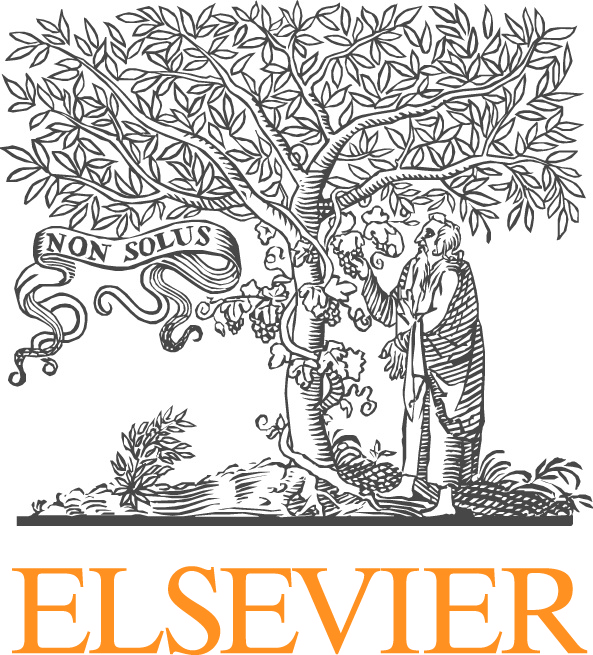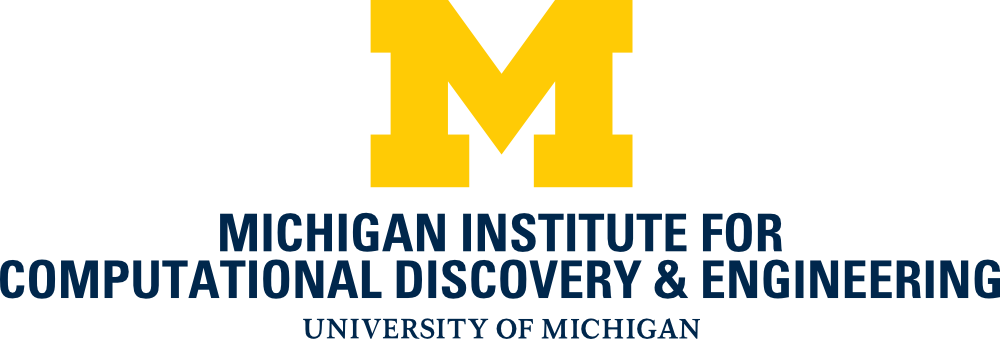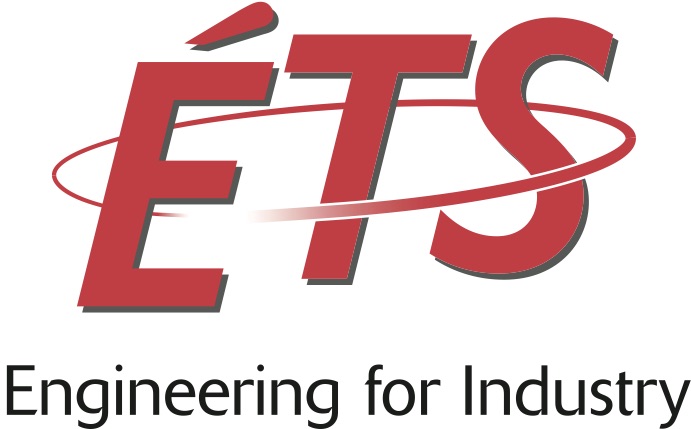Advances in the Modelling of Multi-Scale, Multi-Physics and Multi-Uncertainty Problems
Chenfeng Li, Swansea University
Francisco Pires, University of Porto (FEUP)
The development of multiscale, multiphysics and multi-uncertainty models has received significant attention over the last decade. Research activity in this area has been devoted to the development and combination of different analytic tools (homogenization, asymptotic analysis) and computational methods (parallel computing, stochastic analysis, code coupling) for application in fields as diverse as composite material, oil & gas development, structural engineering, and biomedical tissue engineering etc. Such developments have played a central role in the understanding of the interaction among multi-physics and multi-uncertainty phenomena taking place at multiple scales in space and time. Nevertheless, new challenges remain emerging mainly driven by advanced industrial applications, and these outstanding challenges continue to drive the most forefront research in computational mechanics and computational engineering.
It is also true that in many scientific and engineering problems, the challenges associated with multi-scale, multi-physics and multi-uncertainty often arise together and even coupled, and therefore a synthesized solution approach is required. In the most general format, the proposed Mini-Symposium timely targets the latest advances in the modelling of multi-scale, multi-physics and multi-uncertainty problems. The main aims of the Mini-Symposium are: (a) To present the state-of-the-art in this field by showing the most recent developments by leading experts, and (b) To provide a forum for discussion of current research trends and future challenges in computational multi-scale, multi-physics and multi-uncertainty modelling. From the methodology point of view, the MS welcome the following (not exhaustive) list of techniques:
• Computational homogenization and multi-scale modelling
• Multi-physics modelling including fluid-structure interaction
• Stochastic modelling and probabilistic engineering
• Constitutive modelling for materials and bio tissues
• Other related topics







